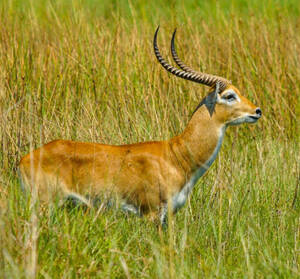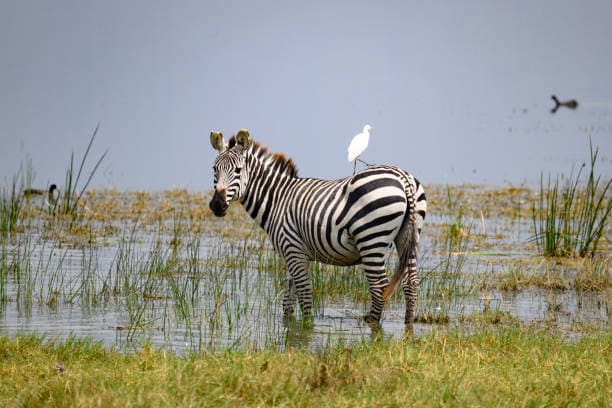
Grévy’s Zebra
Equus grevyi
Grévy’s zebra (Equus grevyi) is the largest living wild equid, recognizabl···
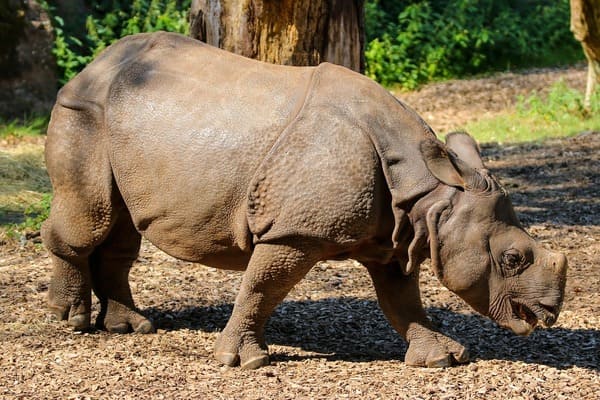
Indian Rhinoceros
Rhinoceros unicornis
Indian rhinoceros (greater one‑horned rhino, Rhinoceros unicornis) ranges a···
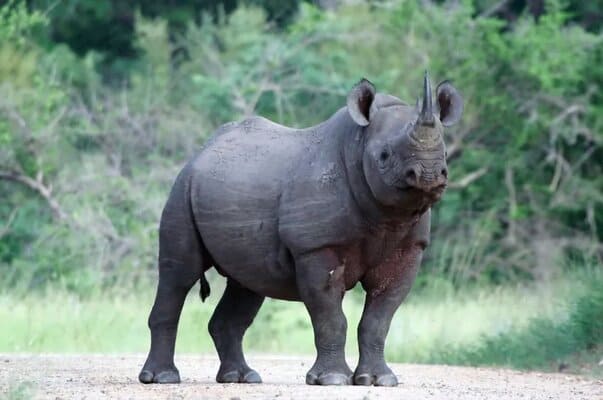
Javan Rhinoceros
Rhinoceros sondaicus
Javan rhinoceros (Rhinoceros sondaicus) is among the rarest large mammals on···
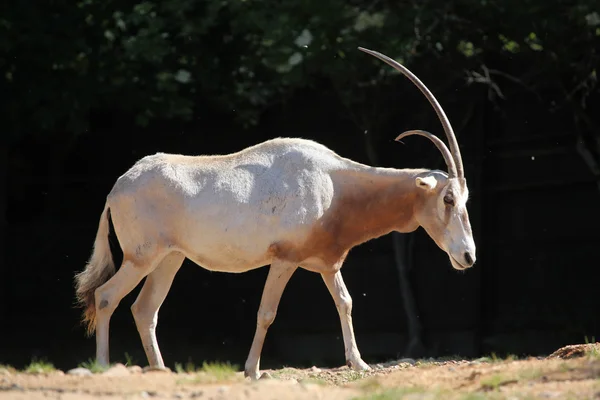
Scimitar-horned Oryx
Oryx dammah
Scimitar-horned oryx (Oryx dammah) is a Sahel–Sahara antelope once widespre···
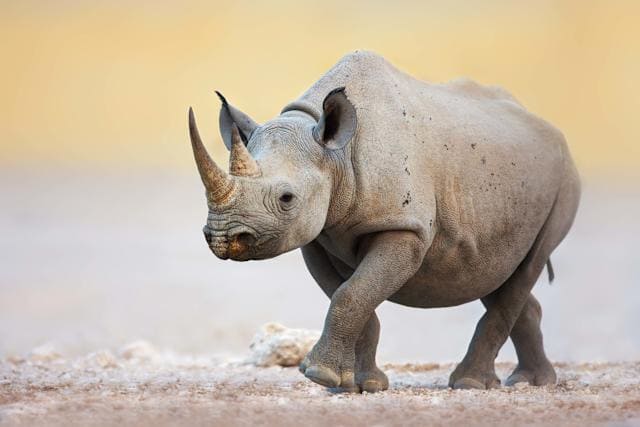
Black Rhinoceros
Diceros bicornis
The black rhinoceros (Diceros bicornis), scientifically known as the black r···
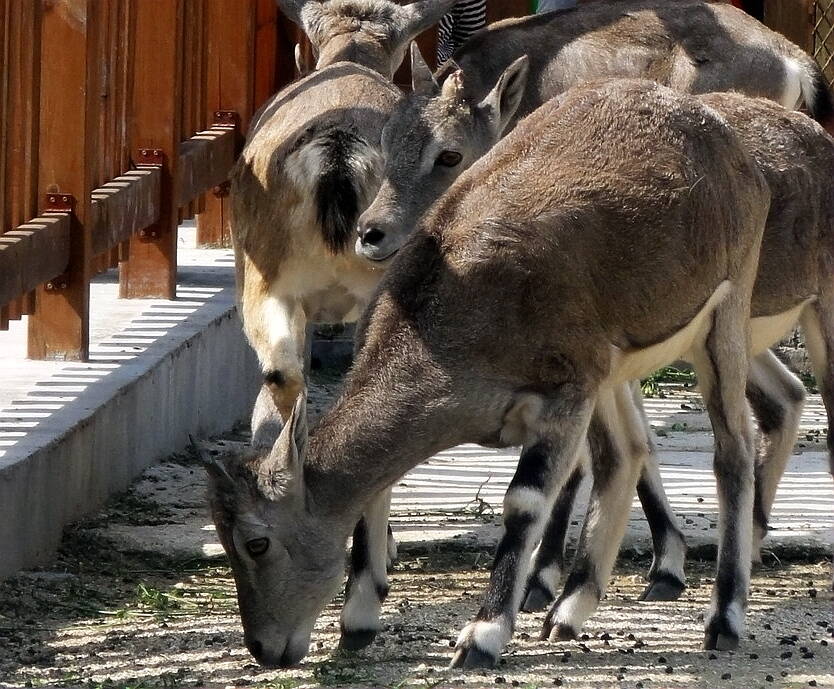
Pseudois schaeferi
Dwarf blue sheep
The blue sheep inhabits steep rocky slopes at an altitude of 2,700 to 3,200 ···
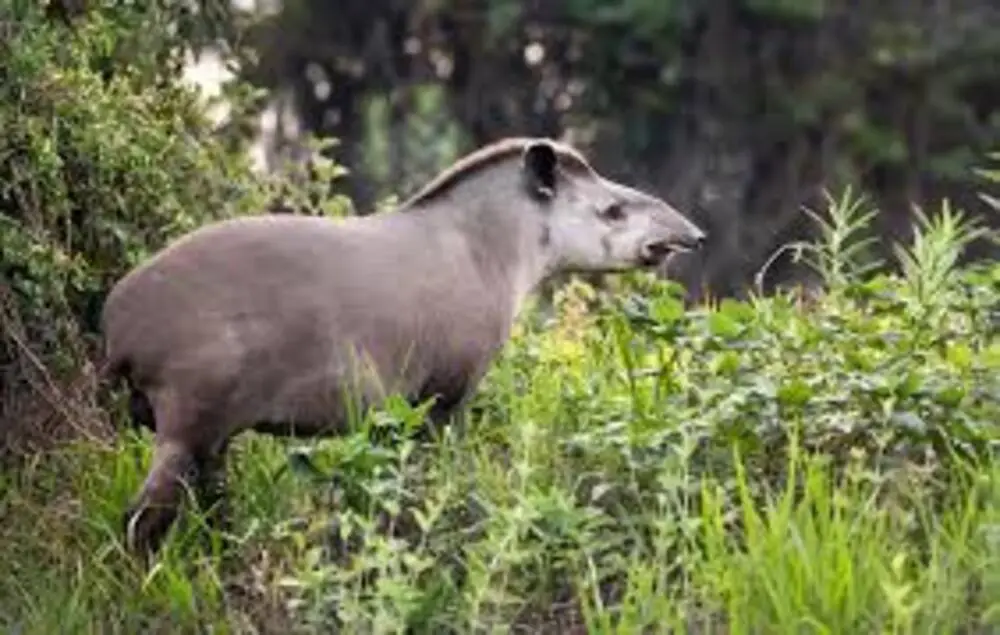
Tapirus
Tapir is the name of the genus Tapir (scientific name: Tapirus), a genus of ···
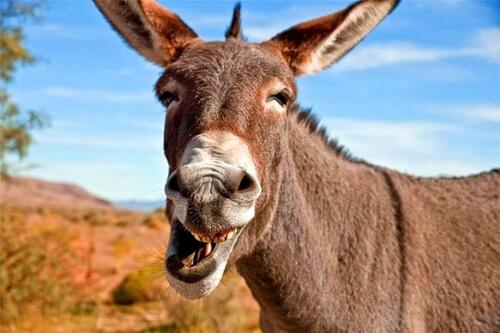
Mule
Equus ferus × asinus,Horse mule, donkey mule,Equus mulus Erxleben
Mule (scientific name: Equus ferus × asinus, foreign name: Mule) is the off···
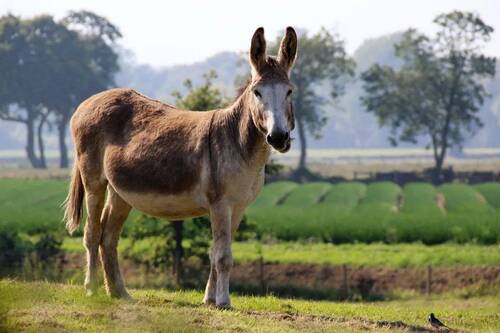
Equus africanus asinus
donkey,Equus asinus,
Donkey (scientific name: Equus africanus asinus, Equus asinus foreign name: ···
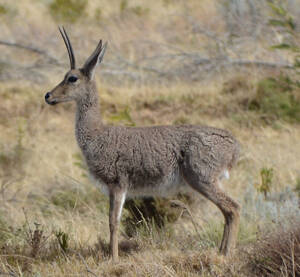
Pelea capreolus
Gray shorthorn, Common shorthorn
Shorthorn (scientific name: Pelea capreolus) Grey Rhebok, Common Rhebok, Rhe···
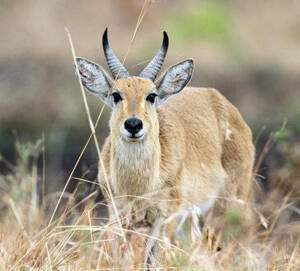
Redunca redunca
Common reedbuck, Senegal reedbuck
Reedbuck (scientific name: Redunca redunca) is called Bohor Reedbuck, Common···
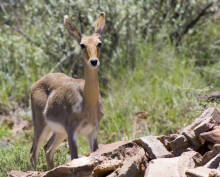
Redunca fulvorufula
Redunca fulvorufula
Mountain Reedbuck (scientific name: Redunca fulvorufula) is called Mountain ···
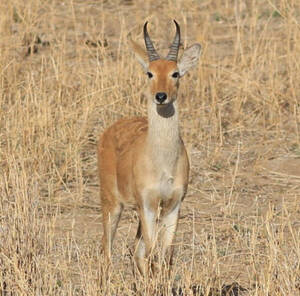
Redunca arundinum
Southern Reedbuck (scientific name: Redunca arundinum) English Southern Reed···
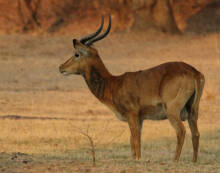
Kobus vardonii
Puku Waterbuck, Wadsworth's Koel
Kobus vardonii (scientific name: Puku) has two subspecies.Territory is estab···
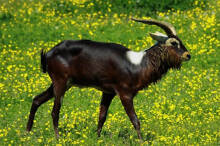
Kobus megaceros
Nile waterbuck, Nile lechwe, Nile short-nosed lechwe, Nile lechwe, Nile blackbuck, Bighorn lechwe
Nile Waterbuck (scientific name: Kobus megaceros) is also known as Nile Lech···
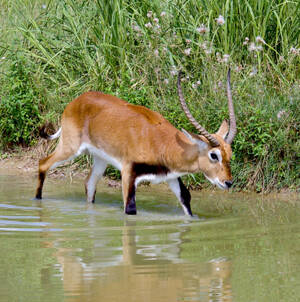
Kobus leche
Kobus leche
Lechwe (scientific name: Kobus leche) is called Southern Lechwe in English, ···
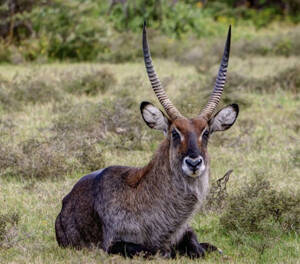
Kobus ellipsiprymnus
Kobus ellipsiprymnus
Waterbuck (scientific name: Kobus ellipsiprymnus) is called Waterbuck in Eng···
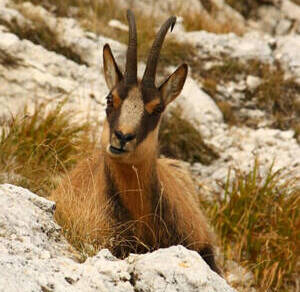
Rupicapra pyrenaica
Rupicapra pyrenaica
Pyrenean Chamois (scientific name: Rupicapra pyrenaica) English Southern Cha···
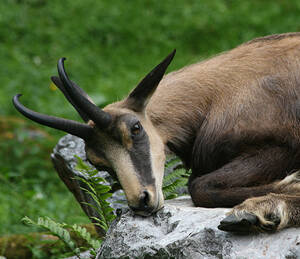
Rupicapra rupicapra
Rupicapra rupicapra
Rupicapra rupicapra (scientific name: Rupicapra rupicapra) English Northern ···
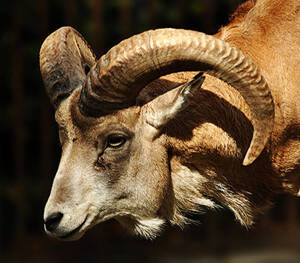
Ovis vignei
Ovis vignei
Ovis vignei (scientific name: Ovis vignei) is also known as Urial in English···

